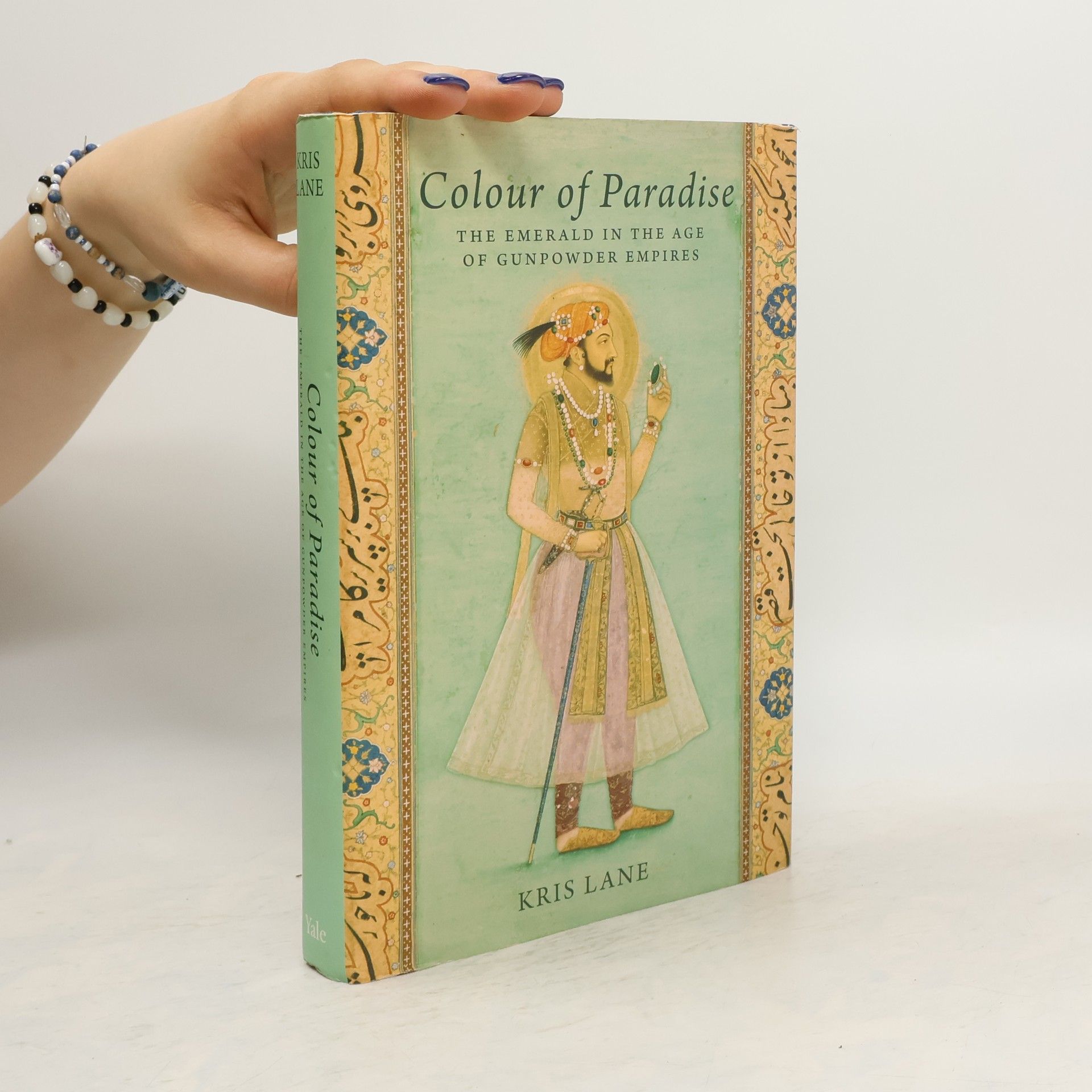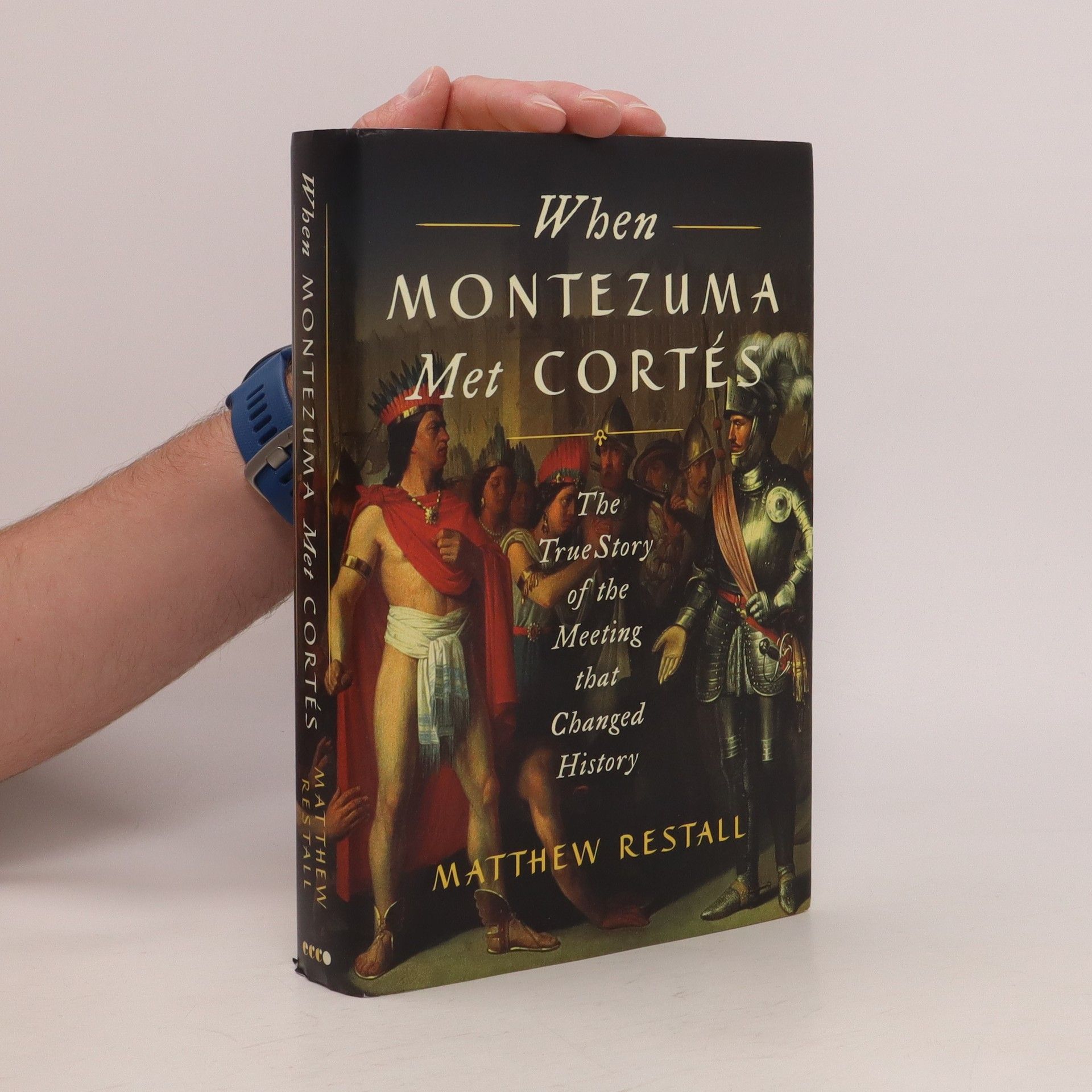"For anyone who wants to learn about the rise and decline of Potosí as a city . . . Lane’s book is the ideal place to begin."—The New York Review of Books In 1545, a native Andean prospector hit pay dirt on a desolate red mountain in highland Bolivia. There followed the world's greatest silver bonanza, making the Cerro Rico or "Rich Hill" and the Imperial Villa of Potosí instant legends, famous from Istanbul to Beijing. The Cerro Rico alone provided over half of the world's silver for a century, and even in decline, it remained the single richest source on earth. Potosí is the first interpretive history of the fabled mining city’s rise and fall. It tells the story of global economic transformation and the environmental and social impact of rampant colonial exploitation from Potosí’s startling emergence in the sixteenth century to its collapse in the nineteenth. Throughout, Kris Lane’s invigorating narrative offers rare details of this thriving city and its promise of prosperity. A new world of native workers, market women, African slaves, and other ordinary residents who lived alongside the elite merchants, refinery owners, wealthy widows, and crown officials, emerge in lively, riveting stories from the original sources. An engrossing depiction of excess and devastation, Potosí reveals the relentless human tradition in boom times and bust.
Matthew Restall Reihenfolge der Bücher
Matthew Restall ist ein Historiker des kolonialen Lateinamerikas mit Schwerpunkt auf Ethnohistorie und den komplexen Dynamiken von Eroberung, Kolonisierung und der afrikanischen Diaspora. Seine Forschung befasst sich mit den kulturellen und sozialen Auswirkungen dieser historischen Prozesse und bietet ein differenziertes Verständnis der Wechselwirkungen zwischen verschiedenen Bevölkerungsgruppen. Restalls Arbeit beleuchtet die bleibenden Hinterlassenschaften der Kolonialzeit und die Entstehung Amerikas.






- 2021
- 2020
Elton John's Blue Moves
- 152 Seiten
- 6 Lesestunden
Argues that Blue Moves is Elton John's most interesting and illustrative album, the one that opens up and helps to explain his explosive career before the album's release in 1976 and his bumpy yet ultimately stratospheric career after it--
- 2020
The Maya: A Very Short Introduction
- 128 Seiten
- 5 Lesestunden
The Maya have lived in parts of Mexico and Central America for thousands of years, forging one of the greatest societies in the history of the Americas -- indeed, of humankind. Long before European contact, Mayas built spectacular cities, created complex agricultural systems, mastered the visual arts, and developed a sophisticated writing system that recorded calendrical, mathematical, and astronomical knowledge. Yet there was never a Maya empire or unified state, only numerous, evolving ethnicities speaking dozens of distinct Mayan languages. So how did "the Maya" come to be invented and how have they persisted to this day? In this Very Short Introduction, Matthew Restall and Amara Solari reveal the triumphs and tribulations of Maya culture and history from ancient to colonial to modern times. -- From publisher's description
- 2018
When Montezuma met Cortés: the true story of the meeting that changed history
- 560 Seiten
- 20 Lesestunden
A dramatic rethinking of the encounter between Montezuma and Hernando Cortés that completely overturns what we know about the Spanish conquest of the Americas On November 8, 1519, the Spanish conquistador Hernando Cortés first met Montezuma, the Aztec emperor, at the entrance to the capital city of Tenochtitlan. This introduction—the prelude to the Spanish seizure of Mexico City and to European colonization of the mainland of the Americas—has long been the symbol of Cortés’s bold and brilliant military genius. Montezuma, on the other hand, is remembered as a coward who gave away a vast empire and touched off a wave of colonial invasions across the hemisphere. But is this really what happened? In a departure from traditional tellings, When Montezuma Met Cortés uses “the Meeting”—as Restall dubs their first encounter—as the entry point into a comprehensive reevaluation of both Cortés and Montezuma. Drawing on rare primary sources and overlooked accounts by conquistadors and Aztecs alike, Restall explores Cortés’s and Montezuma’s posthumous reputations, their achievements and failures, and the worlds in which they lived—leading, step by step, to a dramatic inversion of the old story. As Restall takes us through this sweeping, revisionist account of a pivotal moment in modern civilization, he calls into question our view of the history of the Americas, and, indeed, of history itself.
- 2013
The Black Middle
- 456 Seiten
- 16 Lesestunden
The Black Middle is the first book-length study of the interaction of black slaves and other people of African descent with Mayas and Spaniards in the Spanish colonial province of Yucatan (southern Mexico).
- 2012
The Conquistadors: A Very Short Introduction
- 125 Seiten
- 5 Lesestunden
This Very Short Introduction examines the Spanish conquistadors who invaded the Americas in the sixteenth century, as well as the Native American Kingdoms they invaded.
- 2011
Presents the story of how Latin American civilization emerged from the encounter of three great civilizations in the sixteenth century.
- 2010
Colour of Paradise
- 326 Seiten
- 12 Lesestunden
Among the magnificent gems and jewels left behind by the great Islamic empires, emeralds stand out for their size and prominence. This title presents the story of trade and also of transformations - how members of profoundly different societies at opposite ends of the globe assigned value to a few thousand pounds of imperfectly shiny green rocks.
- 2004
This vividly written and authoritative book offers an updated account of the activities of the best-known conquistadors and explorers, including Columbus, Cortes, and Pizarro, and reveals the true stories behind the key events in the history of the Americas.
- 1999
Maya Conquistador
- 272 Seiten
- 10 Lesestunden
Firsthand accounts from Maya nobles reveal a complex narrative of the conquest, highlighting that the conquistadors included both Spaniards and Mayas. This unique perspective illustrates how the Maya adapted their governance and society in response to Spanish colonization, portraying it as part of a long history of resilience and survival. The book sheds light on previously untranslated texts, offering a fresh understanding of this pivotal period in Maya history.
